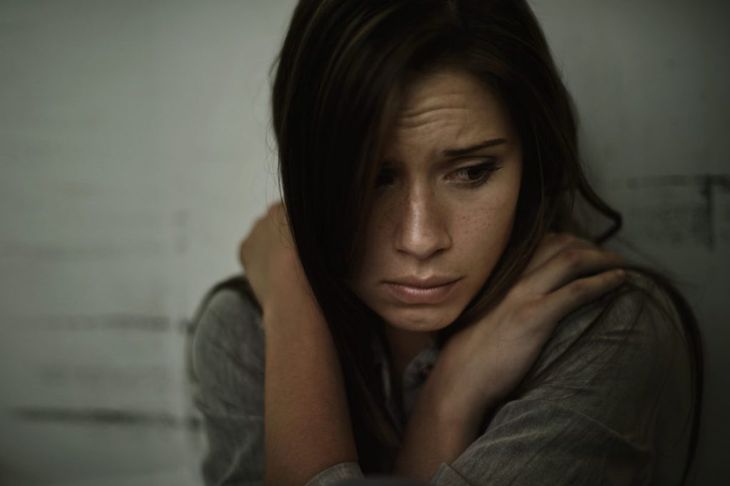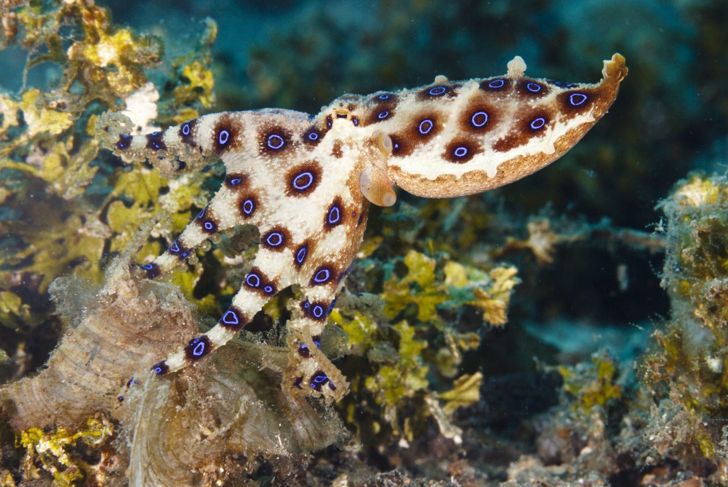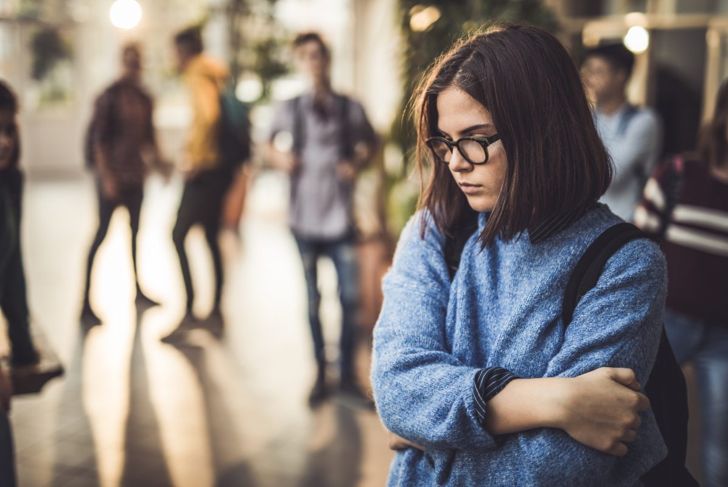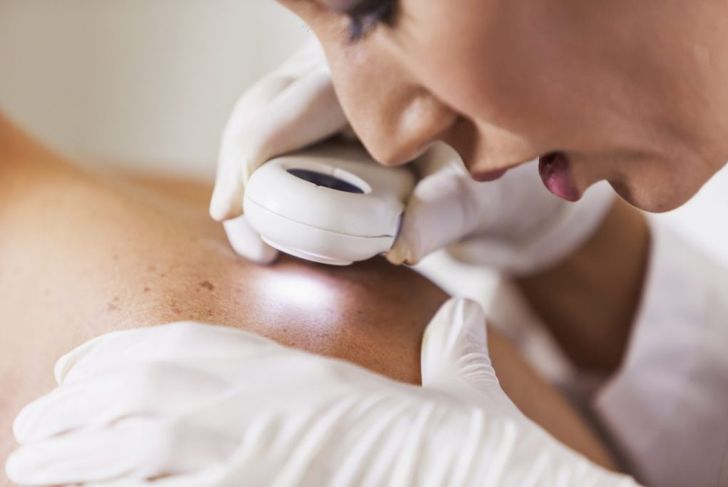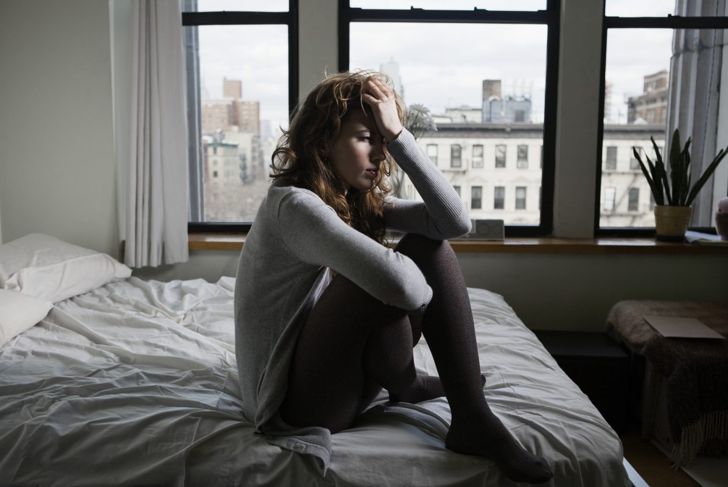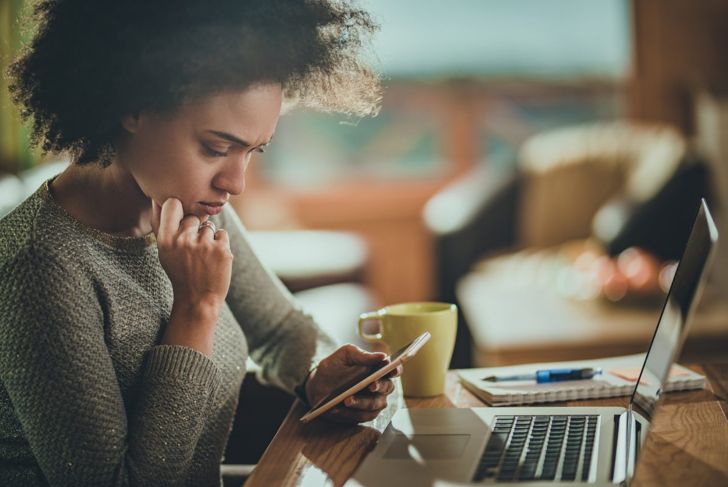Trypophobia is an aversion to patterns or clusters of holes or bumps. Despite its name, many experts disagree with describing trypophobia as a phobia, and it doesn’t appear in the DSM-5 (Diagnostic and Statistical Manual of Mental Disorders) as an official diagnosis. There is a notable lack of research focusing on the condition, and its causes remain unknown. Despite this, a substantial number of online groups are attempting to better understand trypophobia and why specific patterns elicit such feelings.
Symptoms
Most phobias induce feelings of fear and anxiety. When it comes to trypophobia, this is a source of much controversy because many people describe their feelings as disgust, not fear. Other symptoms include feelings of repulsion, distress, and general discomfort. Additionally, some individuals have such severe trypophobia that they have panic attacks in response to certain visuals. This is often associated with increased heart and breathing rates, sweating, and agitation.
Triggers
Any pattern with clusters of holes can trigger a reaction due to trypophobia. Many people with the condition, and several researchers, have experimented with unedited and edited images to test what exactly triggers these strong reactions. Images that regularly induce these feelings in people with trypophobia include:
- Honeycombs
- Strawberries
- Cantaloupe
- Pomegranates
- Bubbles
- Lotus seed pods
- Condensation
Additionally, researchers have found that edited images of holes on human skin evoke extremely powerful feelings of disgust and fear.
Real vs. Fake
Researchers currently disagree with describing trypophobia as a “real” phobia. Despite this, doctors have diagnosed some individuals with the condition, though they call it a specific phobia. This diagnosis is present in the DSM and refers to any unreasonable or irrational fear due to exposure to certain objects or situations. Because the modern understanding of trypophobia largely stems from online anecdotes, many experts insist that the phobia is entirely fictional. However, there are medical records of otherwise healthy individuals describing feelings that match those of trypophobia, despite having no prior knowledge of the condition.
Dangerous Animals
In attempting to determine a possible cause for trypophobia, some researchers suggest that it stems from an instinctual fear of poisonous animals. The cluster of holes that trigger the reaction somewhat resembles the many eyes of spiders or the patterns on creatures like the blue-ringed octopus. However, a 2017 study of preschoolers found that there was no significant association between trypophobic stimuli and venomous animals. This points to trypophobia being largely instinctual and having little to do with any knowledge of danger.
Social Anxiety
A 2016 studyattempted to explore a link between trypophobia and social anxiety. Specifically, researchers wanted to determine whether trypophobia might influence fear of eye contact in people with social anxiety. They discovered that disgust and discomfort increased as they included images featuring larger clusters of eyes and faces. Additionally, people with social anxiety were more likely to feel uncomfortable when multiple eyes appeared on a face. While the full meaning of these results remains unknown, they could be considered a measurable link between social anxiety and trypophobia.
Skin Diseases
Many researchers suggest that trypophobia stems from an instinctual fear of skin damage or disease. Their arguments begin with the fact that clusters of holes on human skin cause the worst reactions. One study found that both the control group and the trypophobia group described disgust when looking at disease-relevant cluster images. However, those with trypophobia had significantly worse reactions. These results suggest that trypophobia may simply be due to an over-sensitive instinct to avoid disease and parasites.
Risk Factors
There is not much information about which populations are most likely to have trypophobia or what risk factors might exist. One study from 2017 discovered links between trypophobia, generalized anxiety disorder, and major depressive disorder. While none of the conditions appear to cause the others, people with trypophobia were more likely to have the other two. Additionally, some researchers found possible connections between trypophobia and obsessive-compulsive disorder.
Treatments
Because trypophobia is not an official phobia, there is no known optimal treatment for it. However, exposure therapy (exposing the individual to what causes their fear) has proven to be effective in treating a wide range of phobias. Medications that treat anxiety disorders, which appear to often coexist with trypophobia, may help alleviate some symptoms. Ultimately, individuals who believe they have trypophobia should do their best to avoid images of possible triggers and consider seeking the opinion of a medical professional if their symptoms are negatively impacting their quality of life.
Trypophobia in Society
Since trypophobia is largely a new phenomenon, many people gather in online groups to discover more about the condition. Because of this, there has been an increasing number of trypophobic images on social media. Many of these are deliberate attempts to trigger the phobia. Images of holes edited onto human skin are incredibly popular for these purposes, because they’re the strongest triggers.
Appearance in Pop Culture
In 2017, trypophobia received widespread media attention due to the show American Horror Story. The show featured a character with trypophobia and used many potentially triggering images in their advertisements. This led to widespread backlash, though it also raised awareness of the condition. Recently, Apple released the iPhone 11 Pro, which has several camera lenses in a cluster. Many individuals flocked to social media to complain about the layout, saying it triggered their trypophobia.

 Home
Home Health
Health Diet & Nutrition
Diet & Nutrition Living Well
Living Well More
More